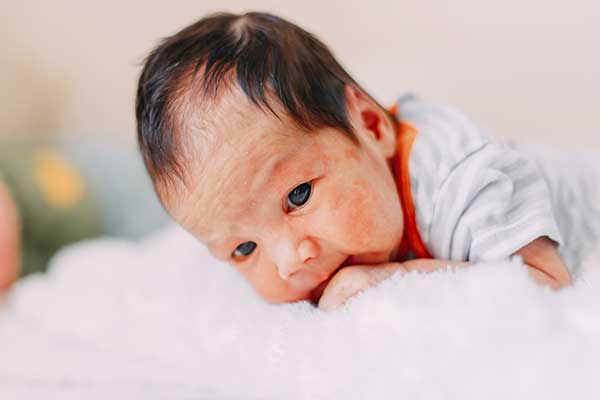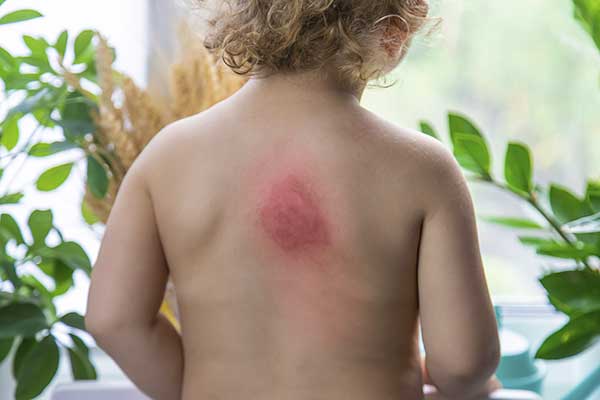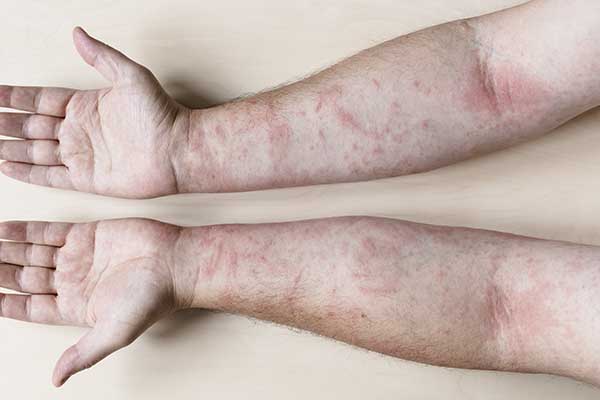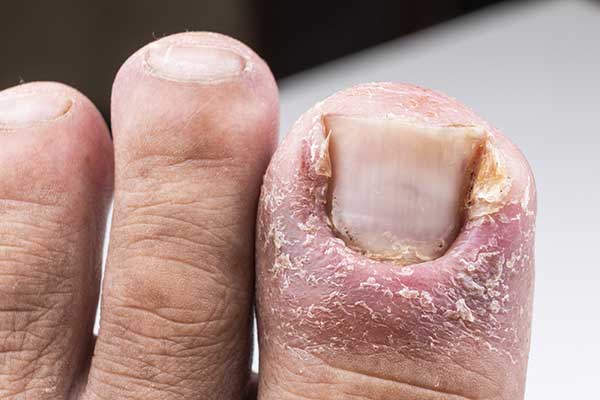In the summer, due to the intense heat, hydration is essential to prevent skin dryness, and in some cases Atopic Dermatitis, which despite being a disease with varied causes, is not transmissible.
“Dermatitis does not have a causative agent other than the person himself” explains the dermatologist at PUCRS Hospital São Lucas, Luis Carlos Campos. The chronic disease can still appear in childhood, with reddish areas in regions close to the folds of the upper and lower limbs. The outbreaks of Atopic Dermatitis cause itching, have a small crust and flake off due to skin dryness.
Situations of stress or excessive contact with industrialized products can aggravate infections. However, atopies such as respiratory diseases caused by changes in temperature and genetic causes can help in the development of the disease.
The disease can leave the skin dry, so it is important to always keep it hydrated, with water intake and appropriate creams. “Skin protectant and products that have vitamins are ideal to prevent the skin from peeling,” says Dr. Fields. It is important to point out that no treatment should be started without evaluation by a specialist.
SOME SYMPTOMS OF ATOPIC DERMATITIS
What are the signs and symptoms of Atopic Dermatitis?
Atopic dermatitis (AD) is often called “itchy rash” because it starts with itchy skin, which scratches and causes a rash to appear.
This rash also tends to be very itchy.
itchy skin
No matter your age or where atopic dermatitis appears on your skin, it tends to itch.

Atopic Dermatitis can develop on any area of the skin at any age. However, at certain ages, it is more likely to appear on certain areas of the body and has a unique appearance.
See what is most common during each stage of life.
Baby with Atopic Dermatitis

Rubbing the itchy skin causes a rash to appear. In babies, the rash usually develops on the cheeks. The rash often looks dry, raw, and scaly.
- Forms on the scalp and face, especially the cheeks
- Leaves skin dry, flaky and itchy
- It bubbles, then oozes and spills fluid
- Causes itchiness that can come and go
While babies usually have AD on the head, it can appear on other areas of the body. Babies rarely develop AD in the diaper area. The skin is too moist for AD. A rash in the diaper area is most likely a rash.
Because AD is very itchy, you might see a baby rub against bedding, carpeting, and other objects to scratch the itch. A baby can also:
- have trouble sleeping
- Develop skin infections, usually due to friction
- Be picky, as AD causes discomfort
Kids
Common places of incidence of the disease

This 5-year-old girl has atopic dermatitis in the creases of her elbows and knees – common sites for AD to appear in children.
When AD begins between age 2 and puberty, a child usually has the following signs and symptoms:
A rash that usually starts in the creases of the elbows or knees. Other common places for the rash to appear are the neck, wrists, ankles, and/or the crease between the buttocks and legs.
Itchy, scaly patches where the rash appeared.
Over time, AD skin may:
- Get bumpy, looking like permanent goosebumps
- Lighten (or darken) where AD shows up
- Thicken, becoming leathery to protect from frequent scratching
- Develop nodes (thick skin only)
- Itching all the time (thick skin only)
Pele Engrossada
This 3-year-old girl says the thick skin on her back is always dry and itchy.

Swollen and discolored skin
Where you see a rash, you will see slightly swollen and discolored skin. In people who have white skin, swollen skin tends to turn red.

People who have darker skin notice a less noticeable color change, which ranges from a subtle gray to violet-brown. Regardless of skin color, skin with a rash appears warmer than the surrounding skin.
Scaly and crusty patches
Sometimes a child develops a rash that causes patches of AD that are slightly raised, dry, and scaly.
Atopic dermatitis on the legs

More common in children with skin color, an AD rash can cause small, itchy patches of skin. Scratching can cause the stitches to leak fluid and then scab over. People who have white skin tend to see reddish spots. If you have darker skin, the spots tend to look gray to violet-brown.
Atopic Dermatitis Spots on Arms

Adults with AD often develop spots and scaly skin, as does this 30-year-old man.
About 2% to 3% of adults have AD. Some developed AD as children and continue to have AD. It’s also possible for AD to clean up and come back years later. Although rare, AD can start after age 18.
In adults, AD tends to cause fewer rashes. Adults tend to have:
- extremely dry skin
- Skin that is easily irritated
- hand eczema
- Eye problems (eyelid eczema, cataracts)
If you’ve had AD for years, patches of your skin may have permanently thickened and developed a leathery texture. This is caused by years of scratching. Affected skin also tends to appear darker (or lighter) than the surrounding skin. Thick skin can itch all the time.
Adults, unlike children, often have AD around the eyes. You will often see thicker, darker skin around your eyes. This AD skin tends to be very itchy.
itchy skin

Years of scratching caused permanent thickening of the skin on this woman’s hand and wrist. This skin always itches.
Deep lines on the palms

Some people with AD develop deep, numerous lines on their palms. On light-colored skin, these lines may be slightly red, as shown in this photo.
skin infections
People with AD are at greater risk of developing a skin infection. Signs of a skin infection include yellow scabs and small, pus-filled bumps, as shown here.

Feelings of anxiety, depression and isolation
Studies indicate that AD can cause feelings of anxiety and depression. The results of these studies indicate that depression and anxiety are often due to itchiness, skin pain and trouble sleeping.

People living with AD also say they feel embarrassed and sometimes ashamed when other people can see AD. It can also lead to feelings of depression and anxiety, which can cause people to spend more time alone.






